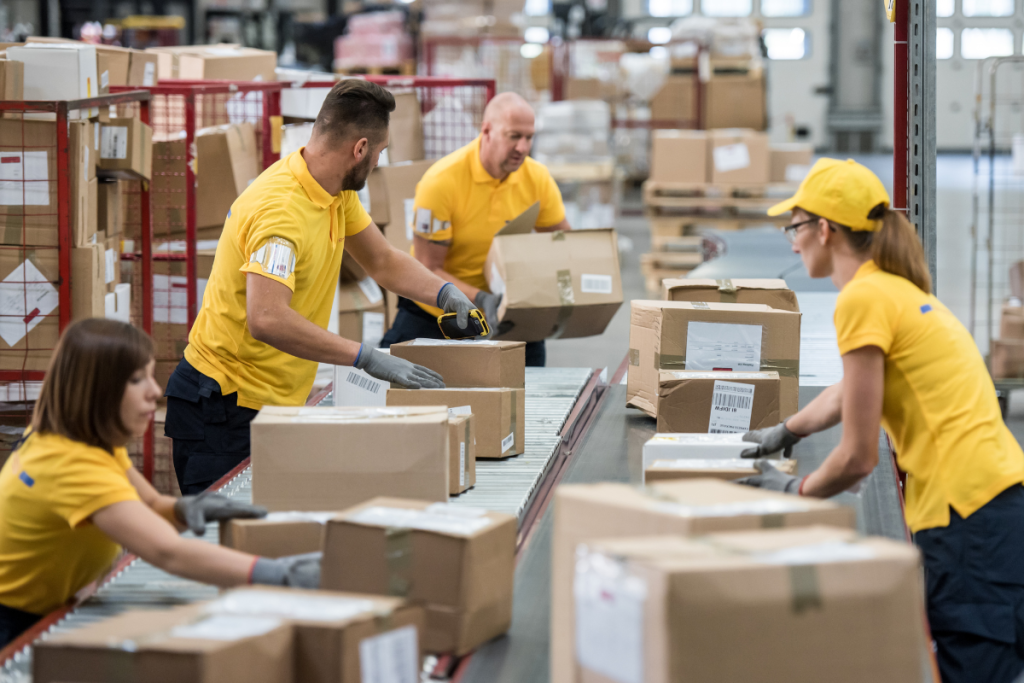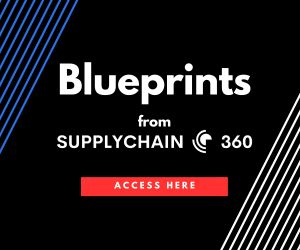As AI, robotics, and predictive platforms reshape supply chains, labor disruptions are becoming less about wages, and more about trust. From dockworkers to machinists, employees are pushing back not only on how technologies are introduced, but on what they signal about their place in the future. For supply chain leaders, workforce confidence must now be treated as a core element of operational resilience.
Resilience Now Depends on Trust
Labor stoppages tied to automation fears have grown in frequency and scale since 2021. While high-profile strikes, including those at East Coast ports and Boeing facilities, ended with temporary agreements, the broader concerns driving them remain unresolved. What’s emerging now is a new kind of labor risk, one driven less by traditional pay disputes and more by anxiety over how automation and AI will impact job security.
For supply chain leaders, this trend demands a strategic shift. Workforce trust must now be treated as a resilience metric, just as critical as inventory visibility, multi-sourcing, or cyber defense. That means embedding transparency into transformation programs, particularly when the outcomes aren’t fully known.
Clear communication about where automation fits, what it aims to solve, and what it means for employees is no longer a nice-to-have, it’s a stabilizer. Even imperfect or early-stage information, when shared honestly, helps pre-empt the misinformation and fear that often fuel disruption. And for managers on the ground, this calls for structured guidance and support, not just to deliver messages, but to rebuild confidence after emotionally charged events like strikes.
Rebuild Engagement by Equipping for Change
The future of supply chain labor isn’t binary. Yes, machines will handle more tasks, but human roles are evolving, not disappearing. What’s needed is a workforce that can adapt as quickly as the technologies being deployed.
This requires a dual focus – technical upskilling and adaptability training. Companies must move beyond narrow task-based training to help workers build “change readiness”, skills that make them comfortable with uncertainty and responsive to evolving roles.
Crucially, listening needs to be systemic. Leaders often underestimate how much innovation and insight already exist on the front line, especially in moments of transition. Building feedback mechanisms that collect, validate, and act on employee insight can turn skepticism into buy-in. When employees see their contributions acknowledged, they’re far more likely to engage with the next wave of transformation.
Trust as Operational Infrastructure
In many boardrooms, digital transformation is measured in milestones – systems deployed, costs reduced, capabilities scaled. But the most successful transformations are also measured in human terms—who stayed, who grew, who trusted the process.
As automation becomes more embedded in supply chain operations, labor trust must be considered a practical component of risk management. By aligning digital change with clear communication, credible upskilling pathways, and structured feedback loops, companies can reduce disruption risk and build a more adaptable, resilient workforce.








